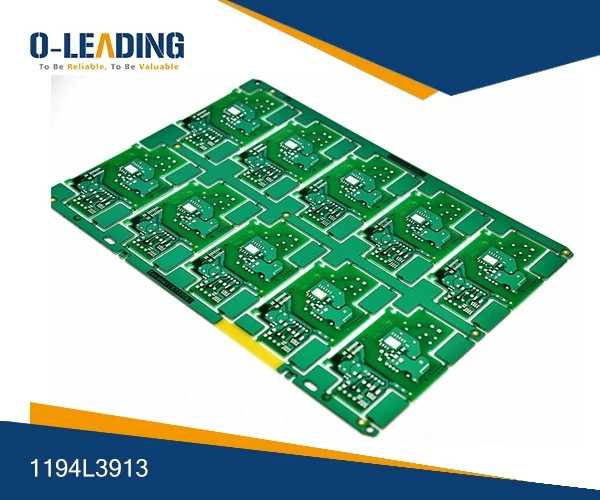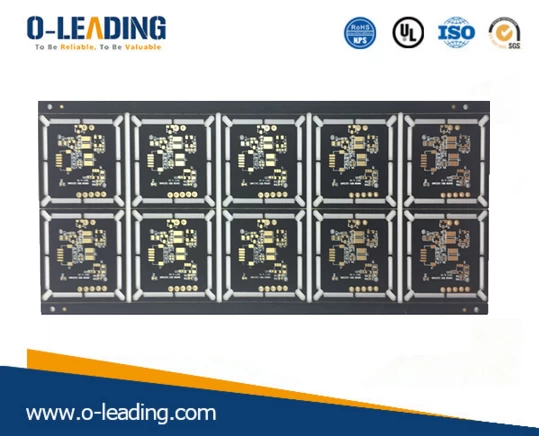Must understand PCB layout knowledge
After we have analyzed the principle of the entire circuit, we can start to place and route the entire circuit. In this issue, I will introduce the ideas and principles of layout.
1. First of all, we will place the components with structural requirements. When placing, according to the imported structure, the connector must pay attention to the placement of 1 foot.
2. Pay attention to the height limit requirements in the structure when layout.
3. If the layout is to be beautiful, it is generally positioned according to the component frame or centerline coordinates (center alignment).
4. The overall layout should consider heat dissipation.
5. When laying out, you need to consider the wiring channel evaluation and the space required for the equal length.

6. Layout needs to consider the power flow direction and evaluate the power channel.
7. Separate high-speed, medium-speed and low-speed circuits.
8. strong current, high voltage, strong radiation components away from weak current, low voltage, sensitive components.
9. Separate analog, digital, power, and protection circuits.
10. The interface protection device should be placed as close to the interface as possible.
11. The order of placing the interface protection devices:
(1) The sequence of general power supply lightning protection devices is: varistor, fuse, suppression diode, EMI filter, inductor or common mode inductor. For the schematic diagram, the layout of any of the above devices is missing;
(2) Generally, the order of protection devices for interface signals is: ESD (TVS tube), isolation transformer, common-mode inductor, capacitor, and resistance. For the schematic diagram, the layout of any of the above components is extended; strictly follow the sequence of the schematic diagram (there must be Ability to determine whether the schematic is correct) for "slotted" layout.

12. A level conversion chip (such as RS232) is placed near the connector (such as a serial port).
13. ESD-susceptible devices, such as NMOS, CMOS devices, etc., should be far away from areas that are susceptible to ESD interference (such as the edge area of the board)
14. Clock device layout:
(1) The crystal, crystal oscillator and clock distributor should be as close as possible to the related IC devices;
(2) The filter of the clock circuit (use "∏" filter as much as possible) should be close to the power input pin of the clock circuit;
(3) Whether the output of the crystal oscillator and clock distributor is connected in series with a 22 ohm resistor;
(4) Is the useless output pin of the clock distributor grounded through a resistor?
(5) The layout of crystals, crystal oscillators, and clock distributors should be kept away from heat-generating components such as high-power components and heat sinks;
(6) Whether the distance between the crystal oscillator and the board edge and interface devices is greater than 1 inch.

15. Is the switching power supply away from ADDA converters, analog devices, sensitive devices, and clock devices?
16. The layout of the switching power supply must be compact, and the input and output must be separated. Layout is strictly in accordance with the requirements of the schematic diagram. Do not place the capacitor of the switching power supply at random.
17. Capacitor and filter device:
(1) The capacitor must be placed close to the power supply pin, and the capacitor with a smaller capacitance value should be closer to the power supply pin;
(2) The EMI filter should be close to the input port of the chip power supply;
(3) In principle, a small 0.1uf capacitor for each power supply pin and one or more 10uf capacitors for an integrated circuit can be increased or decreased according to specific conditions;
































